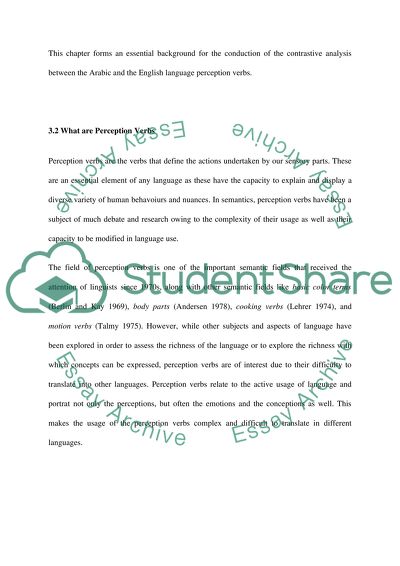Cite this document
(“Contrastive analysis of perception verbs in English and Arabic Thesis - 1”, n.d.)
Retrieved from https://studentshare.org/other/1424683-contrastive-analysis-of-perception-verbs-in
Retrieved from https://studentshare.org/other/1424683-contrastive-analysis-of-perception-verbs-in
(Contrastive Analysis of Perception Verbs in English and Arabic Thesis - 1)
https://studentshare.org/other/1424683-contrastive-analysis-of-perception-verbs-in.
https://studentshare.org/other/1424683-contrastive-analysis-of-perception-verbs-in.
“Contrastive Analysis of Perception Verbs in English and Arabic Thesis - 1”, n.d. https://studentshare.org/other/1424683-contrastive-analysis-of-perception-verbs-in.


